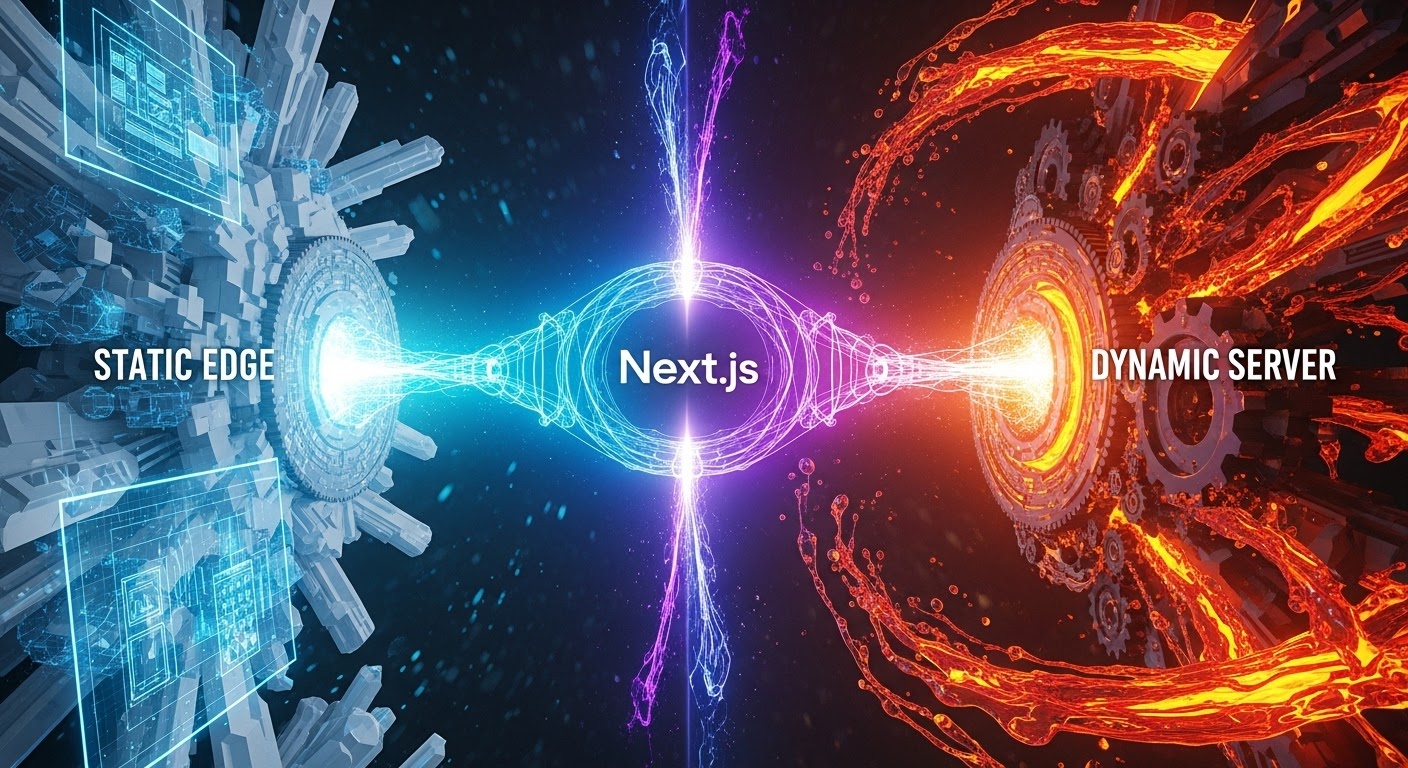Search This Blog
Welcome to Financially Free, your guide to taking control of your money. Learn to budget, pay off debt, and invest wisely. We provide practical advice and simple strategies to help you build wealth and achieve true financial independence. It's time to live life on your terms.
Axos ONE
Featured
- Get link
- X
- Other Apps
Prompt Engineering: Talk to AI like a pro! 💬✨
What You'll Learn
By the end of this lesson, you will be able to:
Define Prompt Engineering
Explain prompt engineering and its importance for effective AI interactions.
Build Effective Prompts
Identify clarity, context, and constraints as core prompt components.
Communicate Precisely
Recognize how AI interprets language and the impact of word choice.
Apply Best Practices
Use examples, formatting, and specificity to improve results.
Evaluate AI Responses
Judge outputs for relevance, accuracy, and alignment with your goal.
Key Vocabulary
Prompt
Text input for AI to generate a response.
Prompt Engineering
Designing clear, effective prompts for better AI results.
Natural Language Processing (NLP)
AI's ability to understand and respond to human language.
Ambiguity
Multiple meanings in words/phrases, confusing AI and causing poor responses.
What Is Prompt Engineering?
More Than Just Typing
Prompt engineering is the practice of crafting inputs that help AI understand exactly what you want.
Why It Matters
AI doesn’t ‘think’ like humans—it analyzes patterns. The clearer your prompt, the better the output.
Real-World Impact
Used in customer service bots, content creation, coding assistants, and research tools. A well-written prompt saves time and improves quality.
Core Components of a Strong Prompt
Clarity
Use direct language. Avoid vague terms. State your meaning clearly: "List three benefits of solar energy."
Context
Give background to guide the AI. For example: 'Explain photosynthesis for a 5th-grade science class.'
Constraints
Set boundaries like length, tone, or format. Example: 'Summarize in two sentences using formal language.'
How AI Understands Language
1- Input Scan
AI uses NLP to analyze your prompt's words and structure.
2- Pattern Match
Compares input to billions of learned text examples to predict likely responses.
3- Generate Output
The AI builds a response word by word, aiming to match the style, tone, and intent it detects.
Best Practices in Action
Use Examples
Show the AI what you want: 'Write a summary like this example: “The cat sat on the mat.”'
Specify Format
Say if you want bullet points, paragraphs, or a table: 'List five tips in bullet form.'
Avoid Ambiguity
Replace unclear words: Instead of 'Make it better,' say 'Rewrite using simpler words for teens.'
Open vs Closed Prompts
Open-Ended Prompts
Encourage exploration & creativity. Example: 'How can AI improve healthcare?' Best for brainstorming/learning.
Closed-Ended Prompts
Ask for specific, limited answers (e.g., 'List three dehydration symptoms'). Best for facts, definitions, or checks.
Real-World Application
Customer Support Chatbot
A company uses prompt engineering to train its AI to respond to complaints politely and with solutions.
Content Creation
A marketer uses structured prompts like 'Write a 100-word Instagram caption about eco-friendly water bottles in a fun tone' to generate on-brand posts.
Education
Teachers use AI to create quizzes by writing: 'Generate five multiple-choice questions about the water cycle for middle schoolers.'
Putting It All Together
Reflect and Evaluate
Now that you know the basics, ask yourself: Did the AI answer what I really wanted? Was the response accurate and on-topic?
Continuous Improvement
Great prompting is iterative. Test, revise, and refine your inputs to get better results over time.
You’re in Control
With strong prompts, you guide the AI—don’t let it guess your intent.
Activity:
Popular Posts
Next.js Partial Prerendering: The End of the Static vs. Dynamic Trade-off
- Get link
- X
- Other Apps
Gemini 3 is Here: The AI That Finally "Reads the Room"
- Get link
- X
- Other Apps




















Comments
Post a Comment